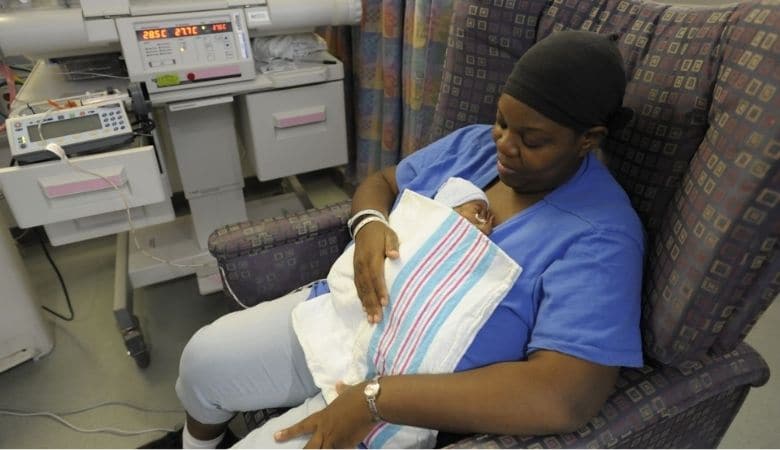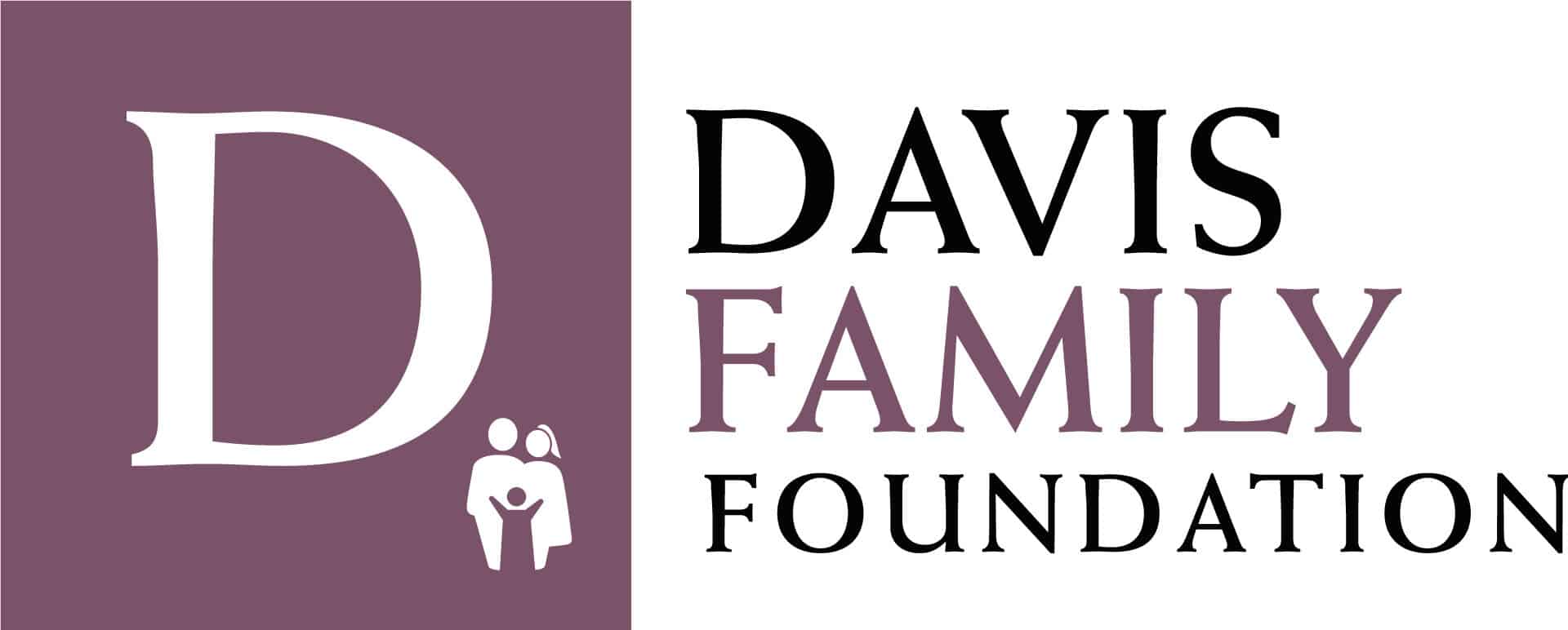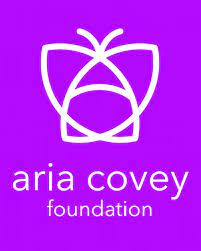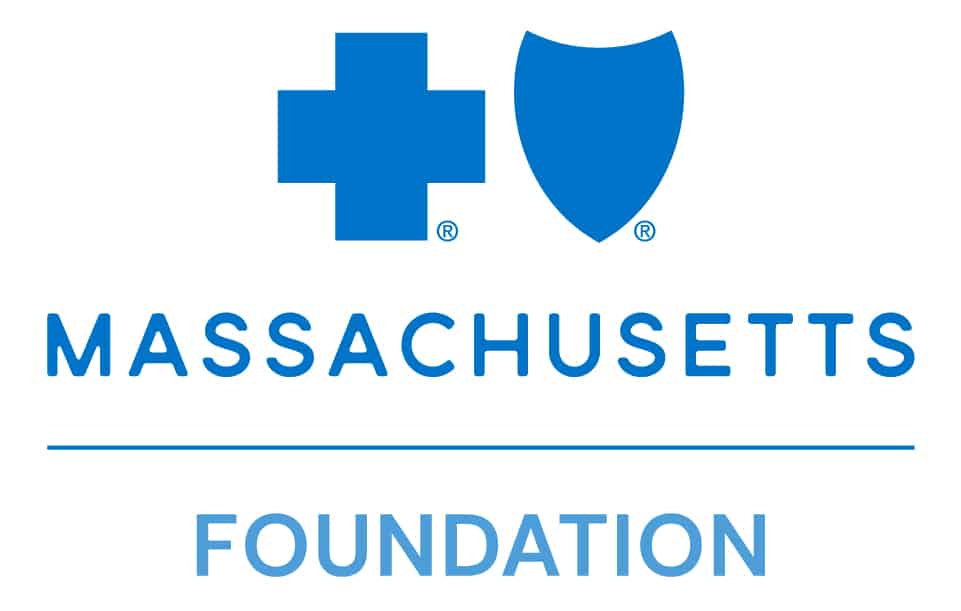
Source: United States Breastfeeding Committee
Fall is a season to raise awareness about preterm birth and babies. September is NICU Awareness Month, October is Pregnancy and Infant Loss Awareness Month, and November is Prematurity Awareness Month. Here we share a medical and human snapshot of prematurity.
Global and US Snapshot
In the medical world, pregnancy is measured in weeks. Full term is 39-40 weeks. Preterm birth is any baby born before 37 weeks gestation. Globally about 10% of babies are born preterm—15 million babies per year[1]. The effects of prematurity vary greatly by how early the baby is born, so we define subcategories:
| Late Preterm | 32- <37 weeks | 85% |
| Very Preterm | 28-32 weeks | 10% |
| Extremely Preterm | < 28 weeks | 5 % |
Depending on their overall health, gender, gestational age, and birth weight, preterm babies:
- Can remain in the NICU for several days, weeks, or months[2];
- 5% of late preterm, 43% of very preterm, and 82% of extremely preterm babies do not survive[3];
- Of the survivors, 5% of late preterm, 24.5% of very preterm, and 52% of extremely preterm babies suffer from neuro-developmental disability[4].
Prematurity is not evenly distributed across the world, suggesting social and economic as well as physiological factors:
- Ten countries, the US among them, account for 60% of prematurity, and
- Prematurity rates in 11 mostly low-income countries exceed 15%[5].
- In high-income countries, 90% of preterm babies survive, and in middle- and low-income countries, 10% survive;
- More than 75% of deaths could be prevented with simple, inexpensive measures, such as warmth, breastfeeding, hygiene, $1/shot steroids given to mothers at risk for preterm birth to mature babies’ lungs before birth. These measures save lives in places across the world where NICU care is not accessible[6].
The US prematurity snapshot is also not evenly distributed[7]:
- US preterm birth rate is 10%;
- State rates range from 7.8% (Oregon) to 14.2% (Mississippi);
- Ethnic and racial disparities:
- Pacific Islander 8.7%
- White 9%
- Latino 9.4%
- Native American 11.3%
- African American 13.6%
- The disparity ratio continues to worsen, also unevenly across states.
Medical Snapshot
A brief look at the known causes of premature birth sheds some light on these disparities:
- Age/spacing: teens, older women, spacing too close (the World Health Organization recommends 18 months between birth and subsequent pregnancy.)
- Multiples: Naturally or with assisted reproduction
- Maternal conditions: UTI, STD, diabetes, hypertension, under-nutrition, obesity, vitamin deficiencies, depression
- Lifestyle: smoking, alcohol, drugs, excess physical work, violence
- Genetic factors: family history, e.g., cervical incompetence
- Provider: medical induction and cesarean section
- Unknown: about 50% of preterm births
- Multiple factors: lead to increased risk
Why prematurity matters
Why does prematurity matter? How does it affect baby?
Fetal development is a wondrous and delicate process, meant to last nine months. Premature birth affects all of a baby’s vital systems: respiratory (lungs at 34 weeks are half their size at term[8]); cardiovascular; gastrointestinal; immunologic; brain and central nervous system; hearing; vision.
When babies are born early, their life support, placenta, and umbilical cord are cut, and they must breathe, eat, keep warm on their own. Their lungs, gastrointestinal organs, and bodies are not yet mature, ready to take on these functions. The lights, sounds, procedures, prods, equipment, and touches of the NICU overwhelm their systems. For babies born early, growth and development out of utero take precious energy, calories, brain activity. It is a testament to the premature human body and spirit, the caring and devotion of parents, and the knowledge and dedication of NICU providers and medical researchers that preterm babies, some little more than half gestated, survive and thrive every day.
Working together to improve outcomes
This is a society-wide partnership. Medical research and patient education around prematurity prevention and better care for preterm babies continue to advance and improve individual outcomes. Policy researchers, activists, advocates, politicians must use what we know, add to it, prioritize, and think creatively about the social and economic determinants of the health outcomes we are working to prevent and mitigate.
Over the last three months, we have honored practitioners, parents, and babies young, grown, and no longer with us. Premature birth, perinatal death, research, practice continue all year. What medical discovery, policy advance will each of us impact that we can report next year during Prematurity Awareness Month?
[1] https://www.marchofdimes.org/materials/170515_Ferring-Preterm-infographic_final.pdf
[2] Seaton SE, Barker L, Draper ES et al Estimating neonatal length of stay for babies born very preterm. Arch Dis Child Fetal Neonatal Ed 2019;104:F182–F186.
[3] Blencowe H et al, Preterm birth-associated neurodevelopmental impairment estimates at regional and global levels for 2010. Pediatr Res, 2013. 74 Suppl 1: p. 17-34.
[4] Ibid
[5] World Health Organization: Born Too Soon: The global action report on premature birth. 2012. https://www.who.int/maternal_child_adolescent/documents/born_too_soon/en/
[6]https://www.facebook.com/marchofdimes/photos/a.10152204610930344/10152221213795344/?type=3
[7] https://www.marchofdimes.org/peristats/tools/reportcard.aspx?reg=99
[8] Synagis. (2016). Premie Infant Lungs
Naomi Bar-Yam, Ph.D., ACSW, is available to speak at hospitals, community organizations, and conferences on prematurity, donor milk, the role of parents on the NICU team, and many other topics. Visit her speaker profile on LactSpeak.








